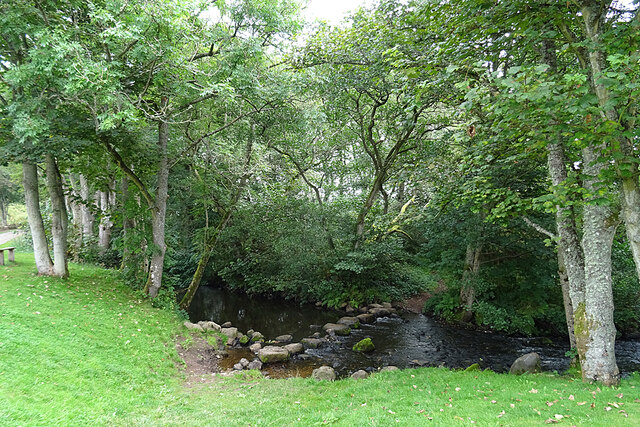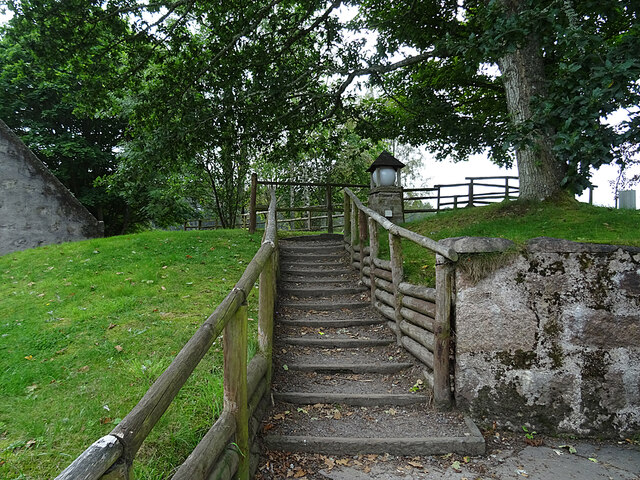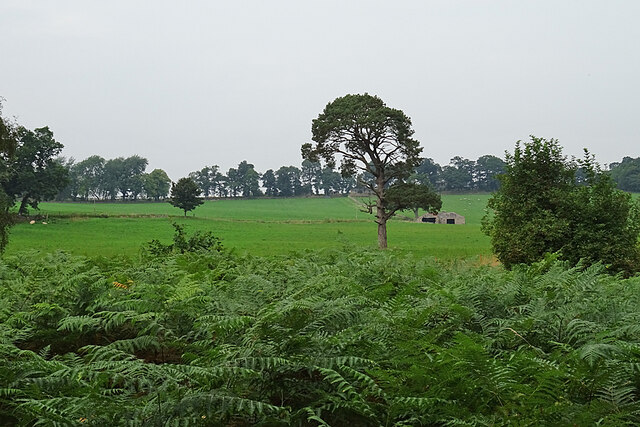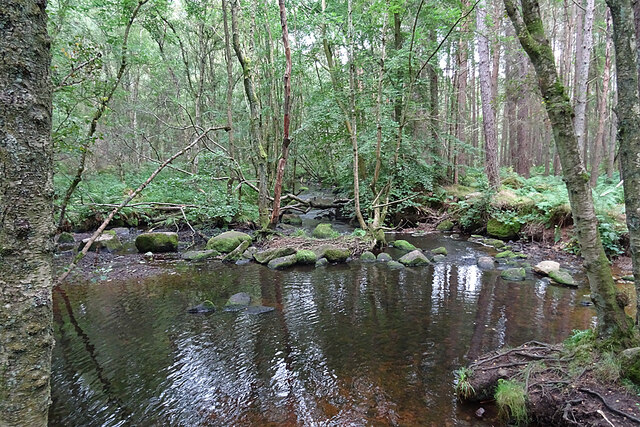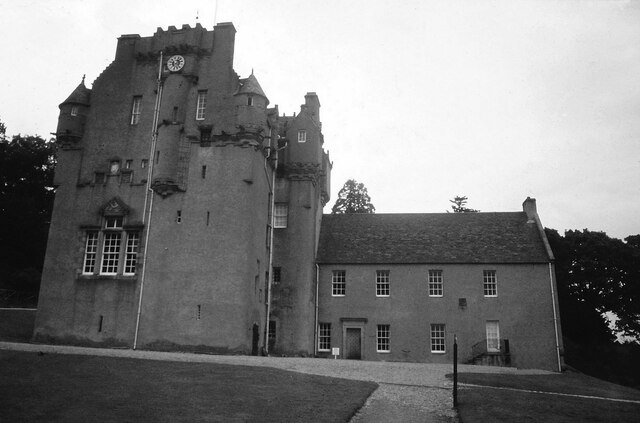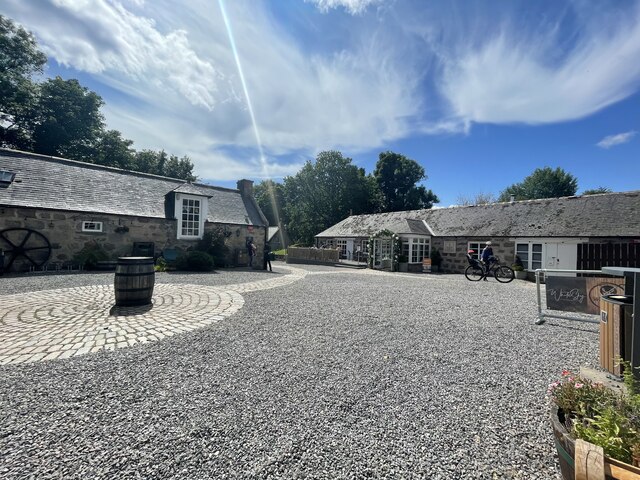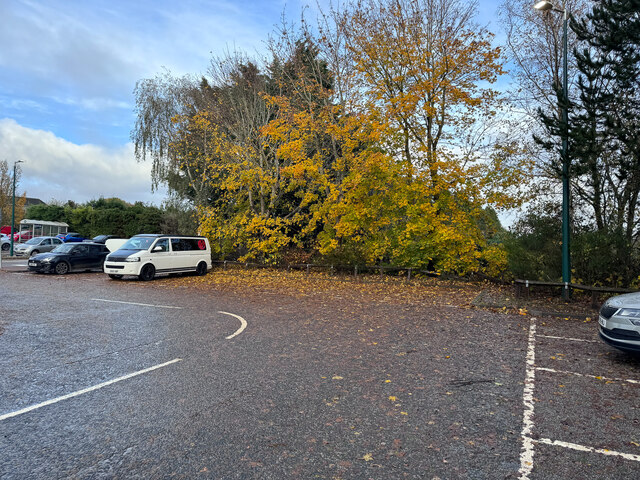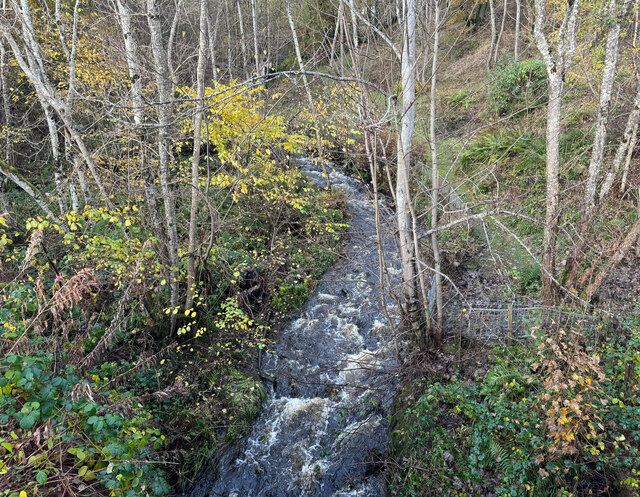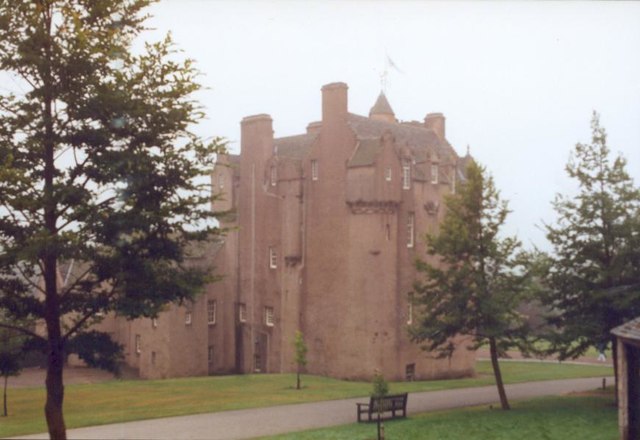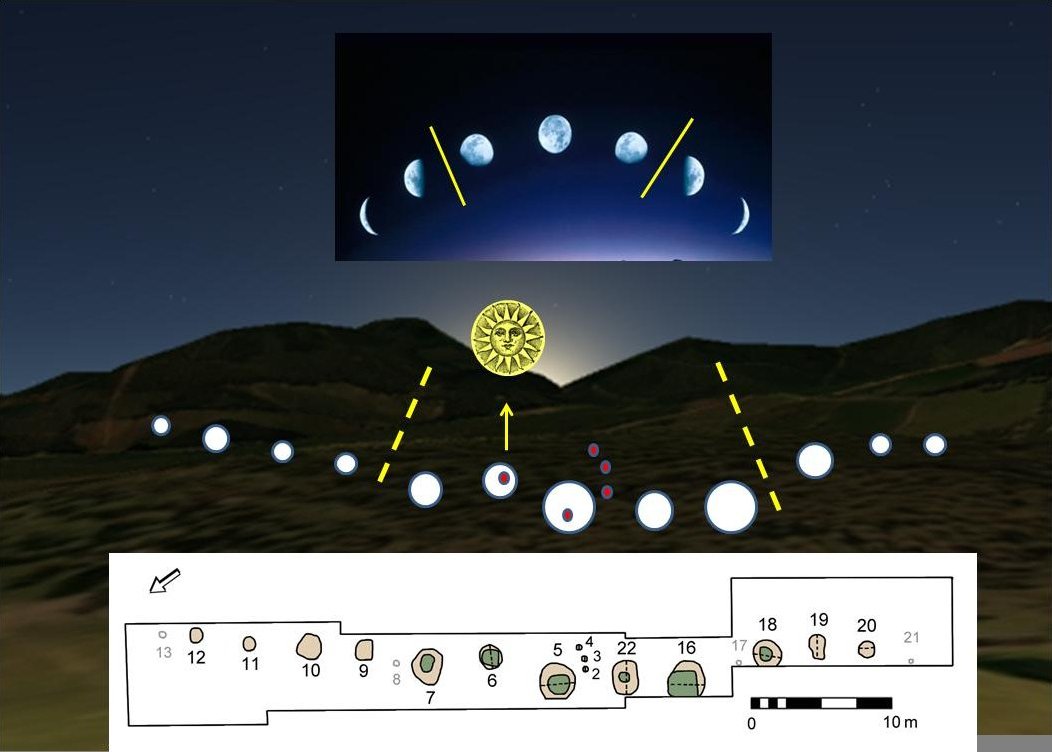Gean Belt
Wood, Forest in Kincardineshire
Scotland
Gean Belt
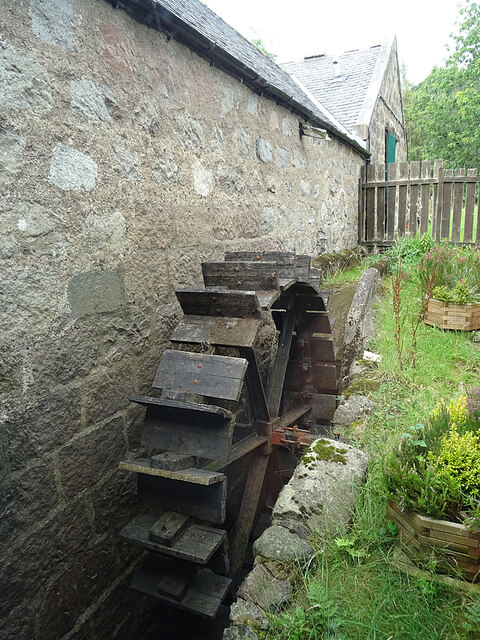
Gean Belt, located in Kincardineshire, is a picturesque woodland area known for its abundant natural beauty and diverse flora and fauna. Spanning approximately 200 acres, this enchanting forest is a popular destination for nature enthusiasts and outdoor adventurers alike.
The woodland is characterized by its dense canopy of various tree species, including oak, birch, and pine, providing a tranquil and serene atmosphere. The forest floor is carpeted with a vibrant array of wildflowers, ferns, and mosses, creating a truly breathtaking sight during the blooming season.
Gean Belt is home to a rich and diverse wildlife population. Visitors can spot a variety of bird species, such as woodpeckers, owls, and finches, as they explore the forest trails. The woodland also provides a habitat for small mammals like squirrels, rabbits, and badgers, which can occasionally be observed going about their daily activities.
The forest offers several well-maintained walking trails, allowing visitors to immerse themselves in the natural surroundings while enjoying a leisurely stroll or a more challenging hike. These paths wind through the forest, offering glimpses of stunning viewpoints and idyllic picnic spots along the way.
The management of Gean Belt is dedicated to preserving its natural beauty and protecting its wildlife. Conservation efforts are in place to maintain the delicate balance of the ecosystem and ensure the sustainability of this unique woodland.
If you have any feedback on the listing, please let us know in the comments section below.
Gean Belt Images
Images are sourced within 2km of 57.049902/-2.4479607 or Grid Reference NO7295. Thanks to Geograph Open Source API. All images are credited.
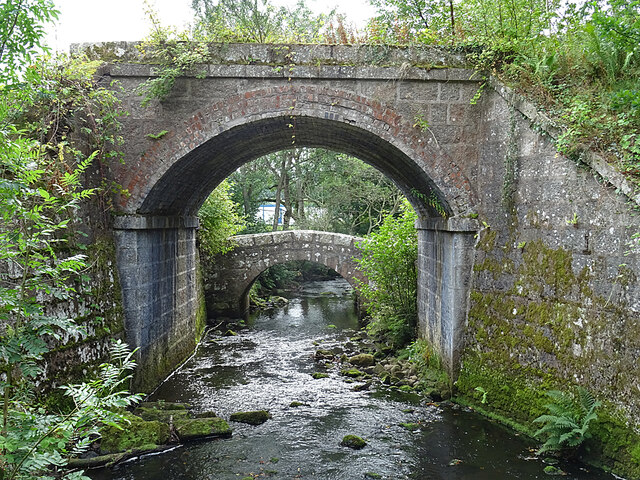
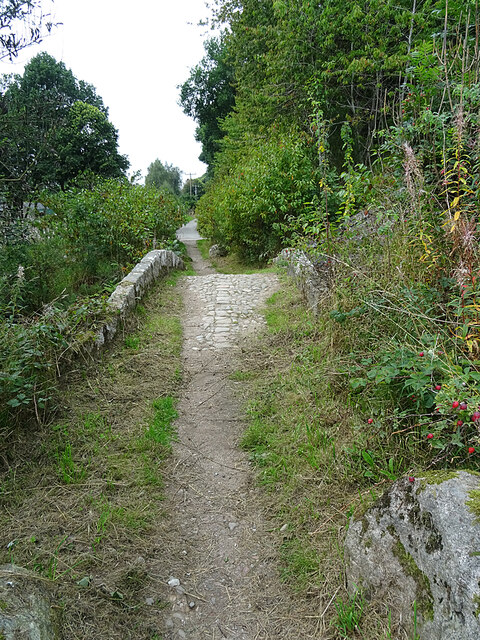
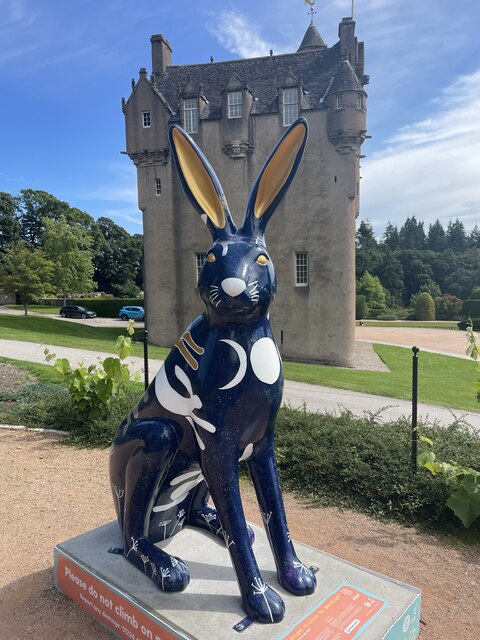
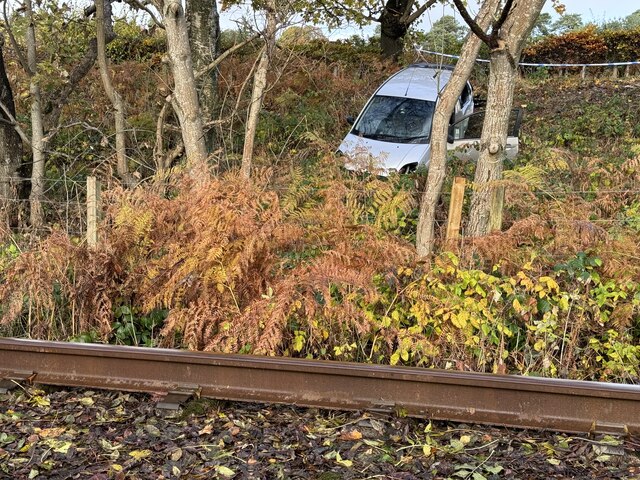
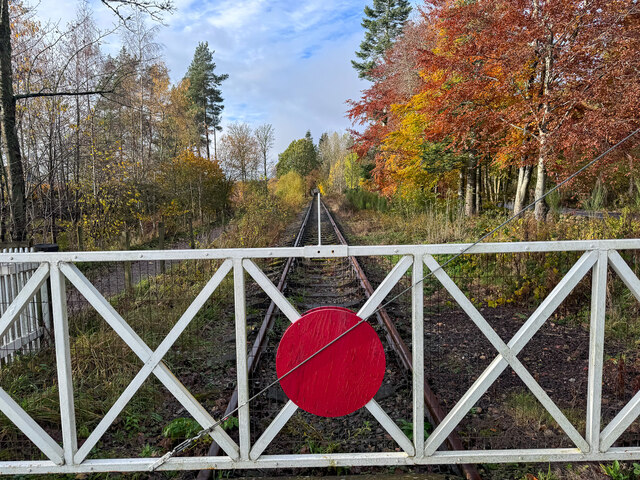


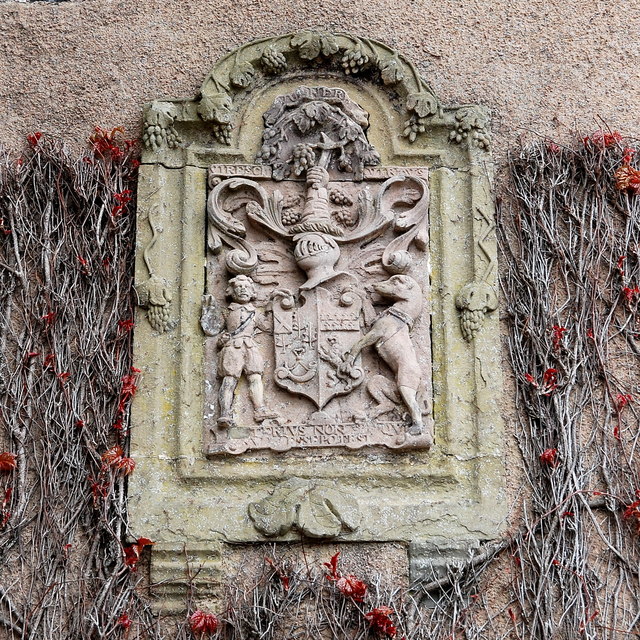
Gean Belt is located at Grid Ref: NO7295 (Lat: 57.049902, Lng: -2.4479607)
Unitary Authority: Aberdeenshire
Police Authority: North East
What 3 Words
///octagon.agreeable.bronzes. Near Banchory, Aberdeenshire
Nearby Locations
Related Wikis
Milton of Crathes railway station
Milton of Crathes railway station is located at Milton of Crathes, three miles east of Banchory, Royal Deeside, Aberdeenshire, Scotland, United Kingdom...
Royal Deeside Railway
The Royal Deeside Railway is a Scottish heritage railway located at Milton of Crathes railway station on a part of the original Deeside Railway. ��2�...
Coy Burn
Coy Burn is a stream that rises in the hills north of Banchory in Aberdeenshire, Scotland. Coy Burn discharges to the River Dee at Milton of Crathes....
Crathes Castle
Crathes Castle (pronounced KRATH-iss) is a castle, built in the 16th-century, near Banchory in Aberdeenshire, Scotland. It is in the historic county of...
Milton of Crathes
Milton of Crathes is a complex of restored 17th-century stone buildings, associated with, and previously an outlier of, Crathes Castle in Aberdeenshire...
Banchory St Ternan F.C.
Banchory St. Ternan Football Club are a Scottish Junior football club based in Crathes, two miles outside the town of Banchory, Aberdeenshire. The club...
Tilquhillie Castle
Tilquhillie Castle is a castle near Banchory in Aberdeenshire, Scotland. A Category A listed building, the castle formally formed part of the lands of...
Warren Field
Warren Field is the location of a mesolithic calendar monument built about 8,000 BCE. It includes 12 pits believed to correlate with phases of the Moon...
Nearby Amenities
Located within 500m of 57.049902,-2.4479607Have you been to Gean Belt?
Leave your review of Gean Belt below (or comments, questions and feedback).
